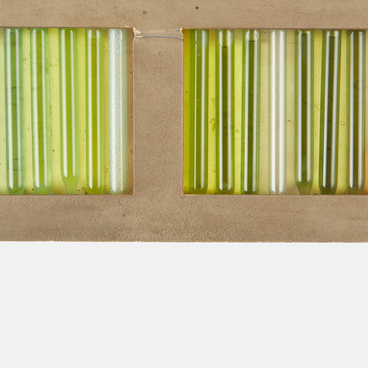The antique objects collection of the Rusanov House Museum includes a chess table that was made in the second half of the 19th century.
The history of chess can be traced back nearly 1,500 years. Probably its earliest known predecessor was the Indian game chaturanga, adopted by the Persians, who modified it and called it shatranj. After the Arab conquest of Persia in the 7th century, shatranj spread throughout the Arab Caliphate, and the Arabs brought it to Europe. Chess evolved into its current form at the end of the 15th century, when the queen and bishop began to follow the rules as we know them today (before that, the pieces had limited mobility). The game changed significantly and became faster. The White’s first move gave the player an advantage and led to openings, in which White prepares an attack at an early stage of the game and stimulated the development of the opening theory. In the mid-19th century, a system of international competitions appeared, first in the form of matches between the strongest chess players from different cities and countries, and from the second half of the century also in the form of international tournaments (congresses).
The Russian word for chess “shakhmaty” was apparently derived from Persian words meaning “checkmate to the king” (literally “the ruler is defeated/broken”). It was first mentioned in Russian manuscripts in the 13th century, although some chess pieces that have been found along with treasures date back to the 11th–12th centuries. Chess was not mentioned in chronicles and other Russian documents of the early Middle Ages since the game was condemned by the Orthodox Church in compliance with the Byzantine tradition and regarded as a game of chance. The chronicles were written by monks, and they would avoid the subject. The bans were registered in many church documents.
A chess table is usually equipped with drawers for
storing chess pieces, and the chess board is part of the tabletop. Nowadays,
there are chess tables for street and tournament players. Chess tables at FIDE
championships are 74 centimeters high, 110 centimeters long (±15%), and 85
centimeters wide. Museums house chess tables on which prominent games were
played. In many countries, chess tables are provided in parks, gardens, outside
university campuses, in cafes and other public recreation areas.




